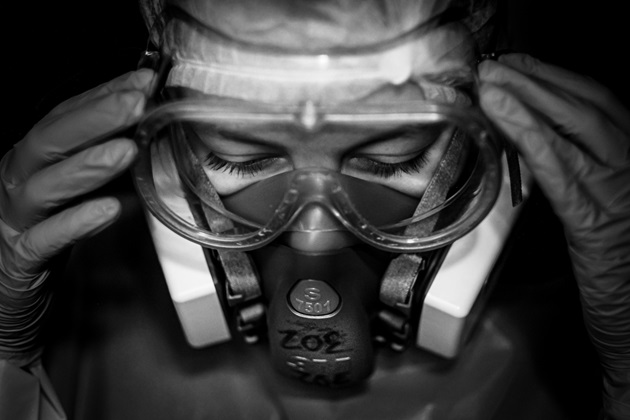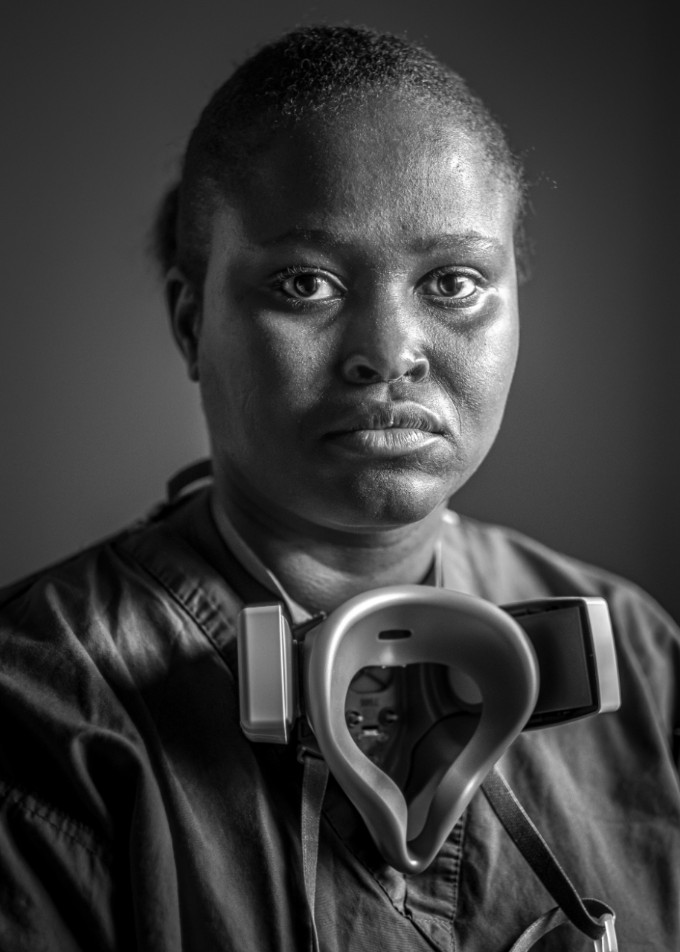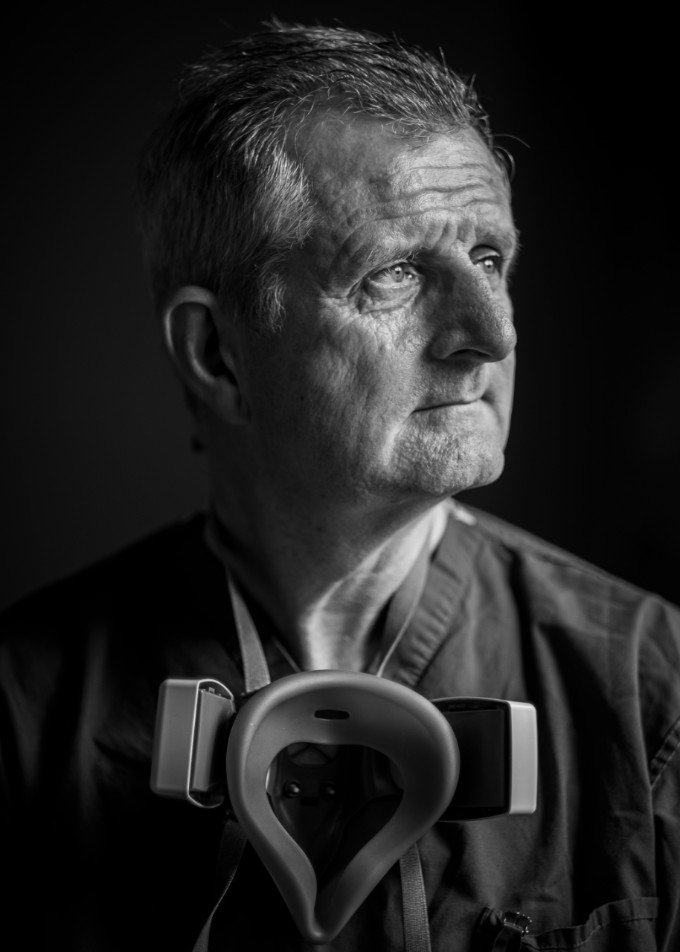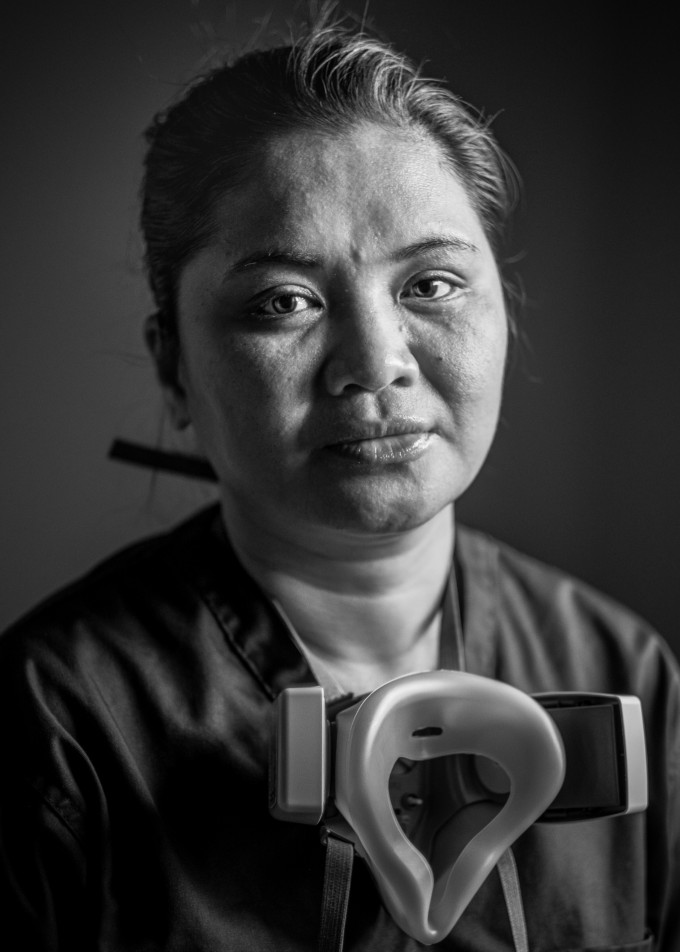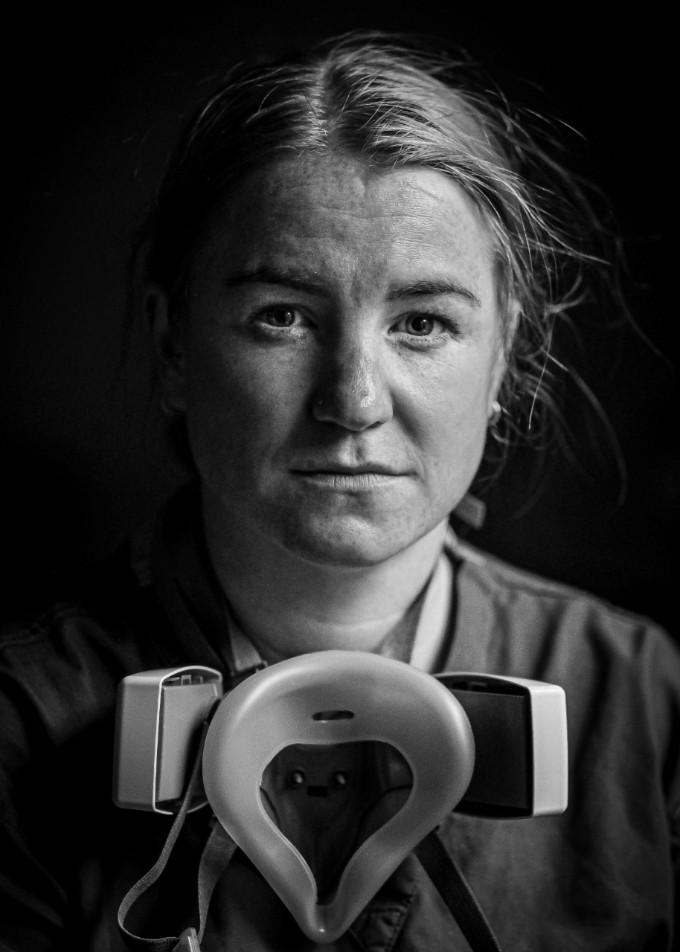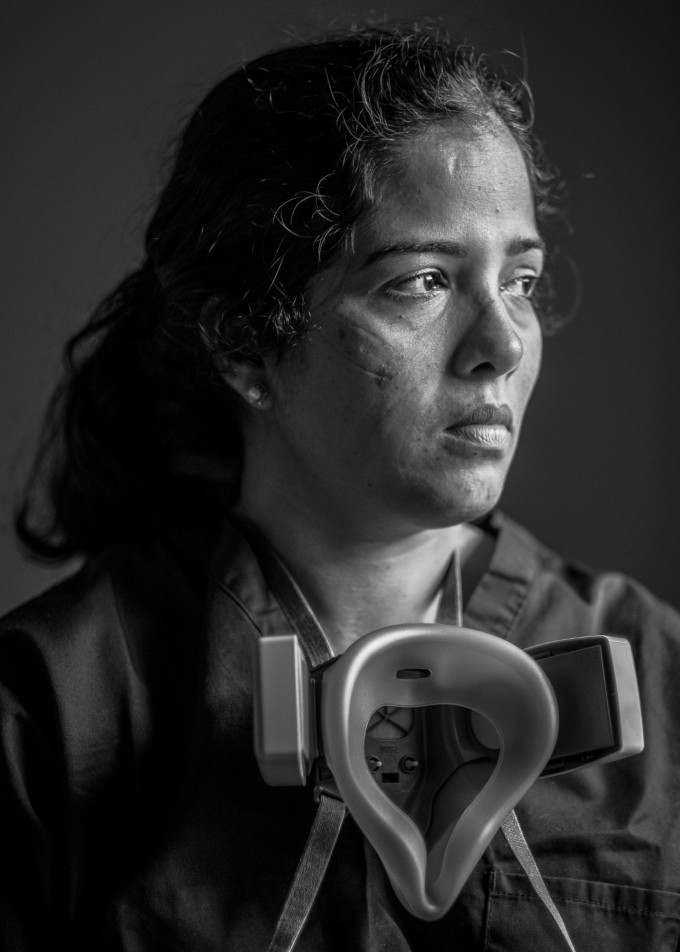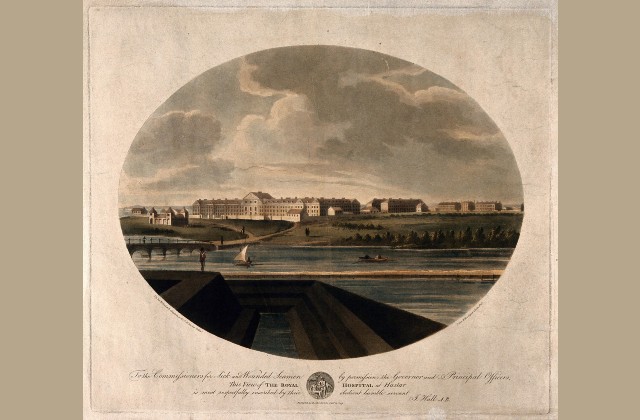Inspired by the resilience and teamwork of colleagues on the COVID-19 pandemic frontline, ICU nurse Emily Gilhespy decided to document the historic time through photography
Emily Gilhespy is used to the challenges of caring for seriously ill patients. On her intensive care unit (ICU) at Wythenshawe Hospital in Manchester, patients are usually on ventilators or recovering from major surgery.
But when the COVID-19 pandemic hit the UK, it brought a new set of challenges. Staff with symptoms had to self-isolate for 14 days, PPE was limited, and the hospital was divided into special COVID-19 areas where entry and exit was restricted.
I wanted to unveil the people behind the masks, who were working on the frontline of COVID care
“Things were rather chaotic at the start,” Emily says. “Our ICU had to be expanded into neighbouring wards as the number of COVID admissions escalated. We were all thrown into the unknown, but the leadership from the band 6 and 7 nurses was phenomenal. They supported us and instilled a sense of calm and confidence into every shift. Band 5 nurses were also amazing. They rose to the challenge of this pandemic in a way that extended beyond their call of duty.”
With more intensive care beds than critical care nurses, Emily and her colleagues had to step up and work above their bands. Meanwhile, staff from outside of the ICU and retired nurses joined the team to help care for the increasing number of critically ill COVID patients. “I have so much respect for these nurses,” Emily says. “They showed courage in entering a clinical field that wasn’t their own and demonstrated resilience throughout. We could not have coped without them.”
Emily witnessed amazing camaraderie and teamwork between people who had never worked together before and came from completely different clinical backgrounds: “It was something special in the face of something awful.”
Inspired by the strength of her colleagues, Emily, who enjoys photography as a hobby, decided to record this historic time through portraiture. She says: “At the peak of lockdown, I wanted to bridge the chasm between the lived reality of nurses and the public’s understanding of what was really going on in health care.”
She called the project Beneath the Mask. In the COVID areas of Emily’s hospital, she and other nursing staff were wearing visors, masks, hats, gowns and gloves. “Everyone merges into one underneath the PPE,” she says. “Communication is a challenge and the mask hides the person beneath it. However, these people are putting aside their own fears or personal struggles over the pandemic to do something incredible – to save lives.
“I wanted to unveil the people behind the masks who were working on the frontline of COVID care.”
The intensity of caring duties in the ICU, lack of breaks and difficulty finding well-lit areas made the project challenging, but Emily even came in on days off to capture the perfect shots. Her colleagues were “very forthcoming” and happy to be photographed.
Emily was pleased to capture the diversity of the team she works with. She says: “For me, a very important message is that nursing staff from across the globe are taking care of British patients when they are at their sickest.”
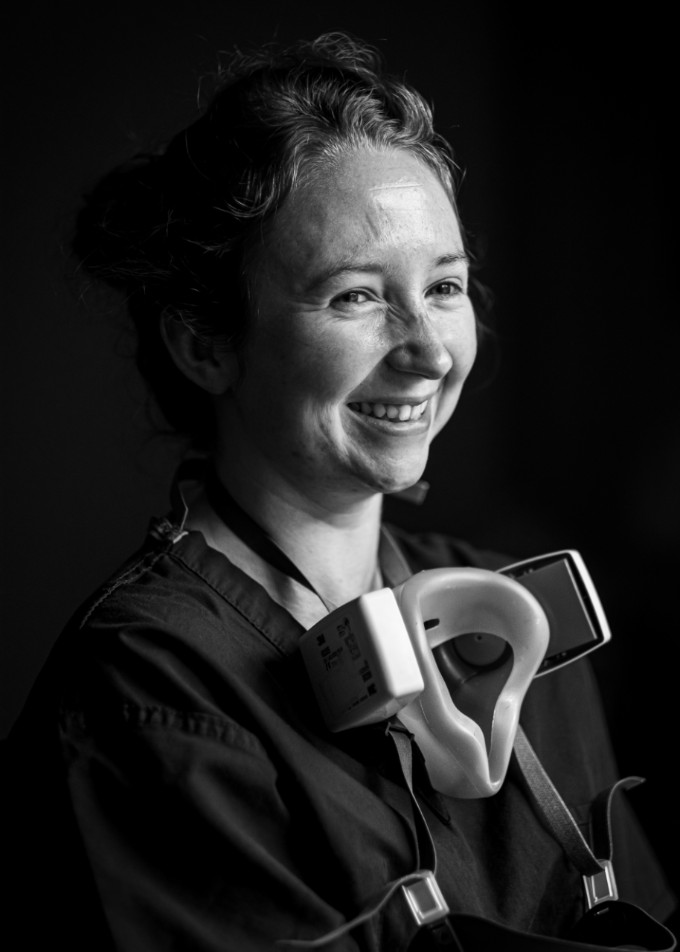
The range of positive personalities in her team – those who are calm, those who can make their colleagues smile whatever the circumstances – helped everyone get through the hardest days, Emily says. One of her favourite portraits is of her friend Tash, who is smiling in the image (pictured above). “I try and capture a person’s natural pose – for Tash, a smile is just that,” Emily explains. “To still be able to smile, laugh and stay resilient when everything around you is descending into chaos is part of what it truly means to be a nurse.”
Focusing on the project also helped Emily deal with the unprecedented pressures of working during the pandemic. “You deal with sadness in this job, and with COVID, we didn’t have our normal lives outside of work to help us deal with that in the ways we normally would,” she says. “All of these nurses did their job, did it bravely, and I was in awe of them. I hope people will see the human beings behind the nursing.”


